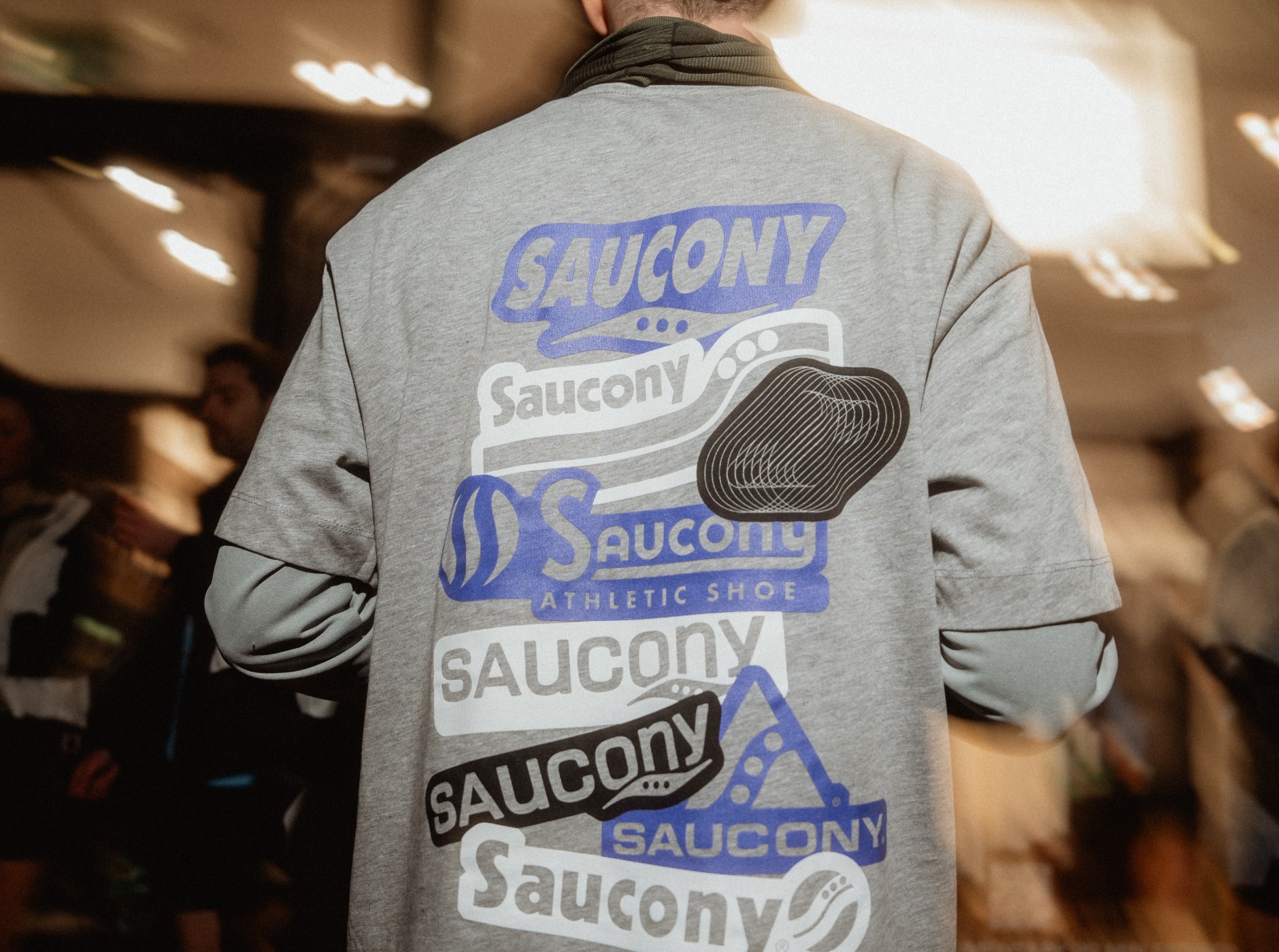I’m going to ask you to sit with me and close your eyes - or at least imagine really hard, else you won’t be able to read this. If you’ve been to The Shoe Room, you’ll probably have heard us raving about Saucony shoes. But I’m going to say: imagine a time where The Shoe Room, Saucony, or even running shoes as we know them, don’t exist.
And we are flying over the Atlantic… and we open our eyes…
…1898, Kutztown, Pennsylvania, on the banks of the Saucony Creek. Few of you will be familiar with Kutztown. I, for one, am not.
A small factory has just thrown open its doors and fired up its assembly line. We are greeted by four local businessmen who have the express aim of producing children’s shoes for the booming population of industrial towns and cities in the north-east of the USA.
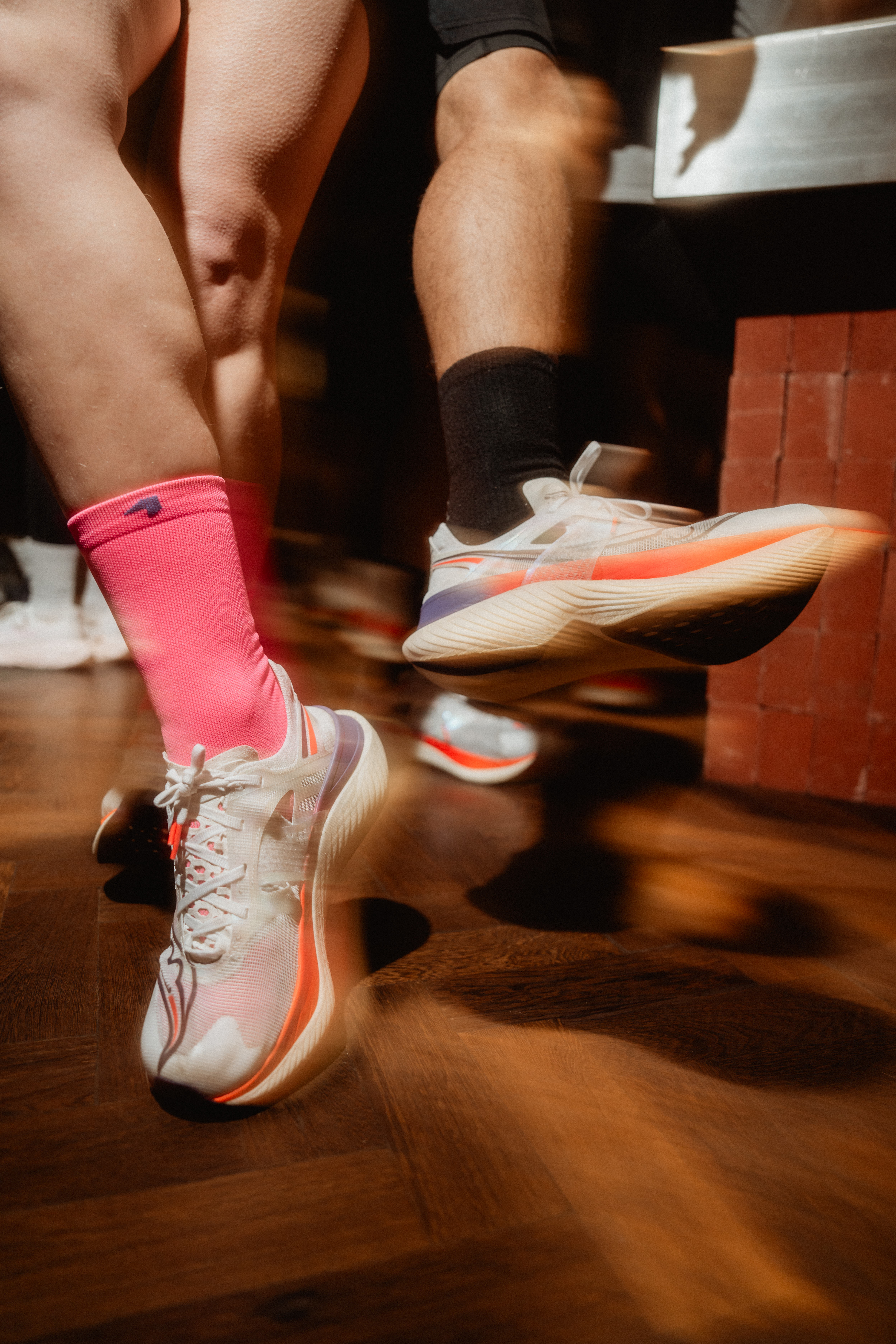
After some time in Kutztown, our time-travellin’ journey sweeps us north to a few years later, where Boston was experiencing a similar boom. Another small factory, run out of a rented laundry space, and A.R. Hyde and Sons are there to fit the working population of Massachusetts with shoes and “slippers made from carpet scraps that became very popular, leading the business to expand to include in its line of walking shoes”. We chat with an ambitious, gregarious Russian immigrant in Mr. Abraham Hyde. He has plans to expand…
… As does the consortium of four businessmen, our friends William A. Donmoyer, Thomas S. Levan, Walter C.C. Snyder and Benjamin F. Reider are pumping out nearly a thousand pairs of shoes under the Saucony Shoe Company name.
As both companies grew, they survived through major world events, namely, two World-Wars and the Stock Market Crash of the 1920s. But the eponymous founder Abraham Hyde was nothing if not a savvy businessman and a hard-working product of his upbringing in a Russian immigrant family. Hyde turned his business towards the war-effort, manufacturing military boots, ensuring the survival of his company and earning the Army and Navy E Award for manufacturing in the process.
Post-war, a new focus on recreational sports and interest in watching competitive athletics boomed in the US and lots of the rest of the world. Hyde took to bowling shoes, ice-skates and walking shoes, and acquiring an athletic shoe company, forming the Spot-Bilt label dedicated to team sports such as Baseball in 1952.
The folks over at Saucony Shoe Co. had similar ideas and in 1958 broke ground on one of the first commercially available track spikes with the 7446. Until then, most track spikes were shoes modified by cobblers to suit individual needs.
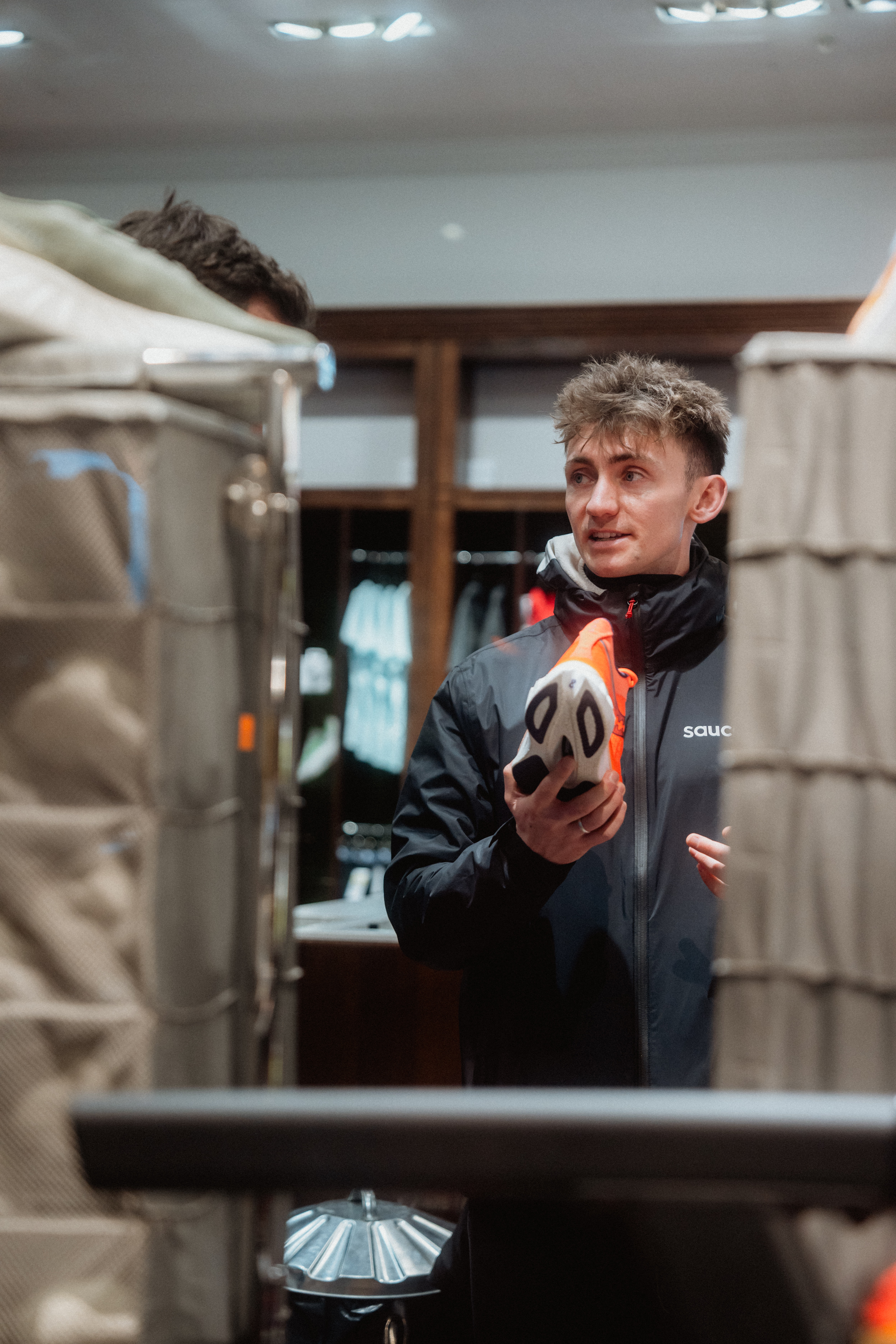
But so far, this is the story of two brands. And that’s where nominative determinism enters our story. The word Saucony is, of course, the name of the Kutztown creek aforementioned as the locale of the first factory of the Shoe Company. But the word itself is from the Native American Lenni-Lenape tribe’s “saconk”, meaning “where two rivers run together”. Our two rivers converge in 1968 when Hyde Athletic Industries (formerly A. Hyde and Sons) buy Saucony Shoe Company and take on their name.
The logo itself is inspired by the Creek - a stylised “S” that represents the river and the three dots being representative of boulders in the water.
Spot-Bilt and Saucony were now operating under the same roof, with Spot Bilt outfitting some iconic stars in the US pro-sports leagues, most famously Reggie Miller of the NBA’s Indiana Pacers, and most-infamously, the NFL star O.J. Simpson. Saucony take care of the running that is about to hit an inflection point.
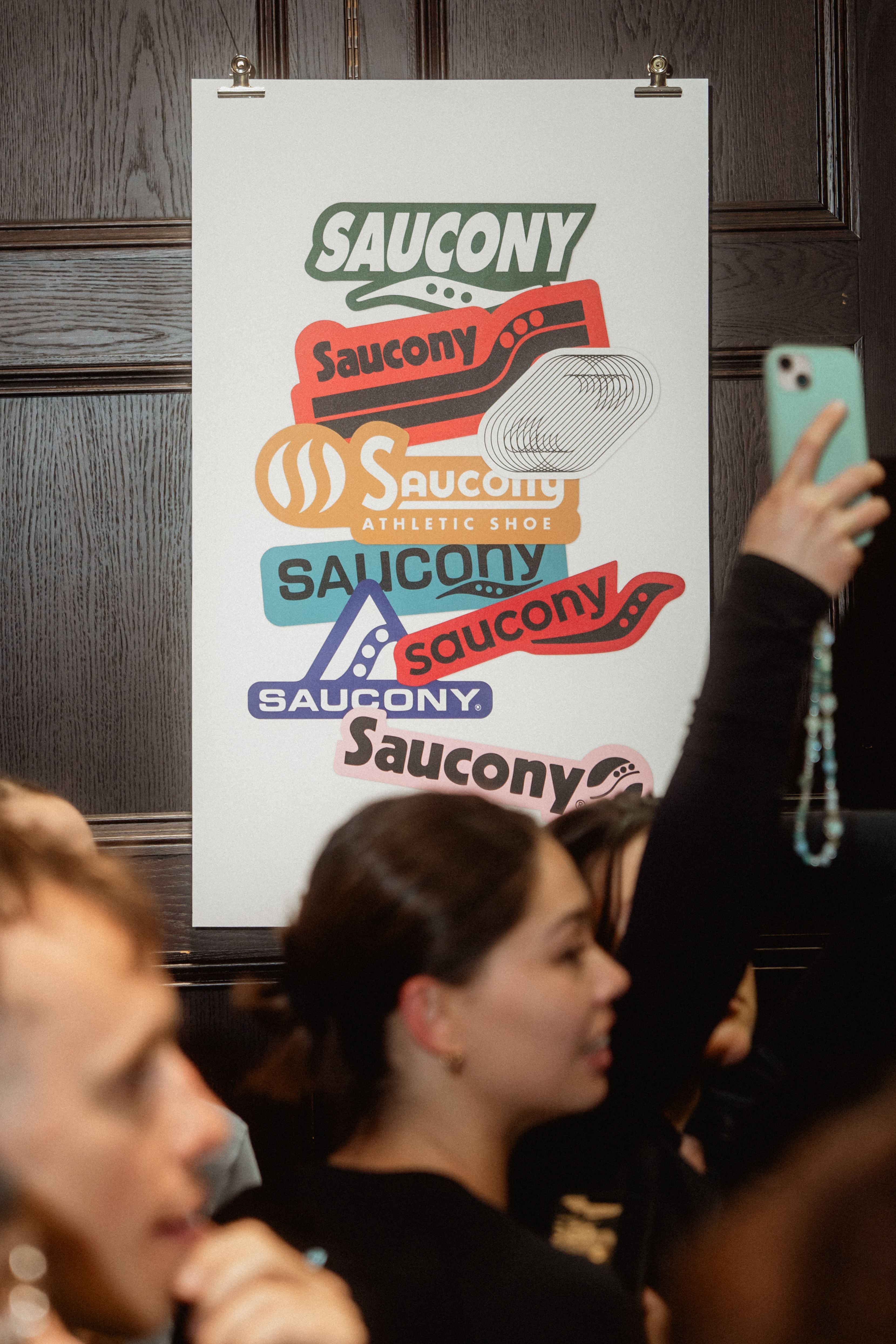
Our time travel now wakes us up in the mid-70s. For a while now, running was the realm of the serious athlete, reserved for training, not simply as a pastime, but the 70s showed it didn’t have to be this way. Following the publication of “Jogging” by Bill Bowerman (of Nike fame), all across the USA, regular people are lacing up and getting out the door amidst the jogging craze; it became a fitness hobby for all, and saw hundreds of thousands take to running.
Similarly, Saucony found themselves with a small but loyal following of dedicated athletes who trust them to build reliable, performance trainers that last. That is until a Consumer Report Magazine piece awarded Saucony with the Best Quality Running Shoe in 1977 and sales exploded. As we see people jogging throughout American cities, the Saucony logo frequently accompanies them on their miles.
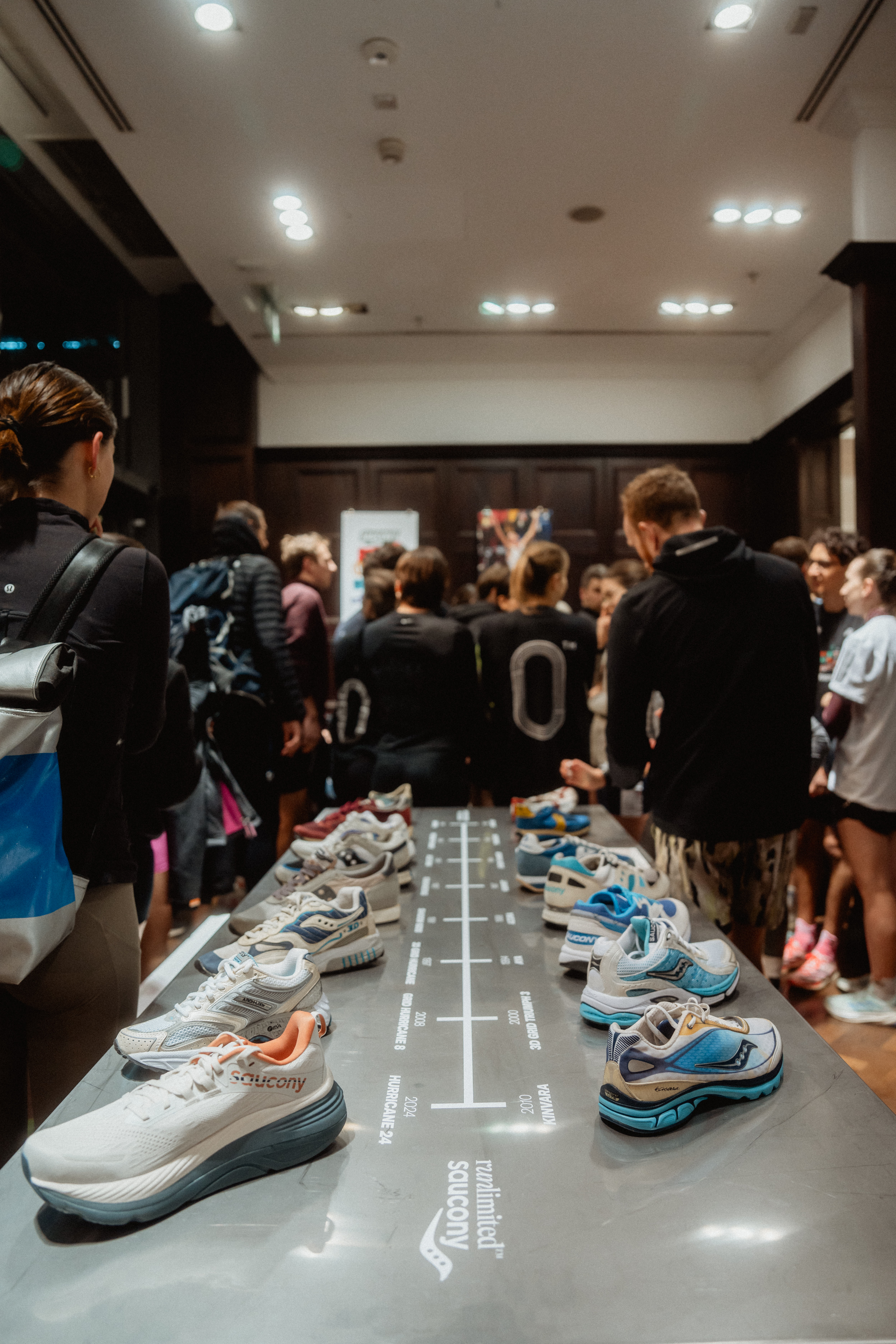
As we snap through time once again, we land in a rainy New York City in November of 1983. A Brit is leading the race with a mile to go, having been over two minutes clear of the man that hunts him from less than 100m behind. As the finish approaches, the tall New Zealander in second place is closing the gap but it seems he won’t quite overcome the British athlete before the end… or will he! Kiwi Rod Dixon is level, surging away to take the win, arms aloft as the rain pours. The logo on his chest and on his shoes? Saucony, firmly cementing them among the big players in the elite running scene.
Since this moment, Saucony have been firmly linked with running at all levels from the elite athlete to occasional jogger and everything in between. Over the past few years, we’ve seen them evolve from functional stalwart into an exciting label pushing the boundaries of the sport. This week we will see a host of new models released, including the much-anticipated updates to the Endorphin Speed which is a firm favourite at The Shoe Room and on the feet of runners around the world.
And for those of you wondering “How do you pronounce this brand?” it’s Saucony.
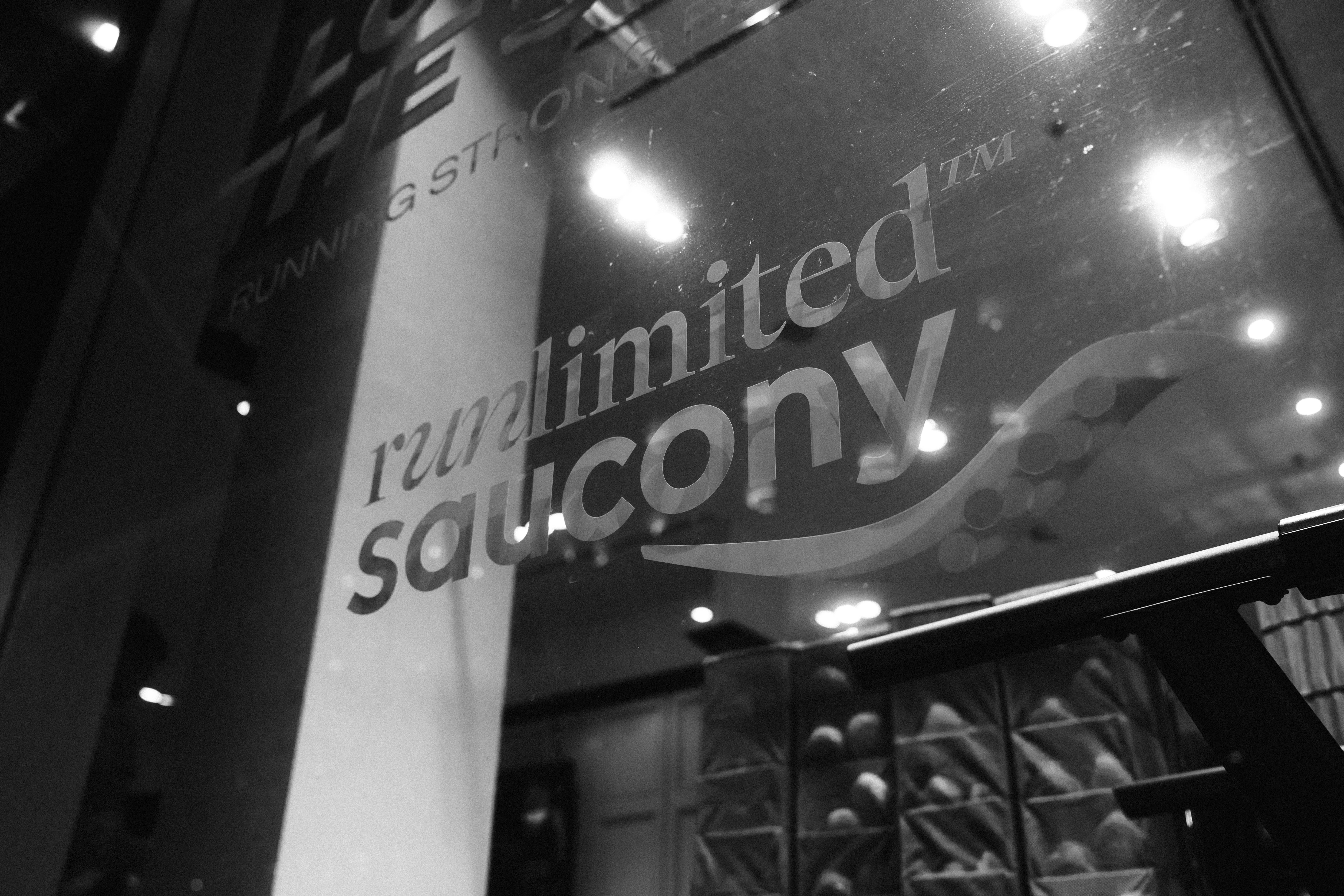
- By Liam Dee



